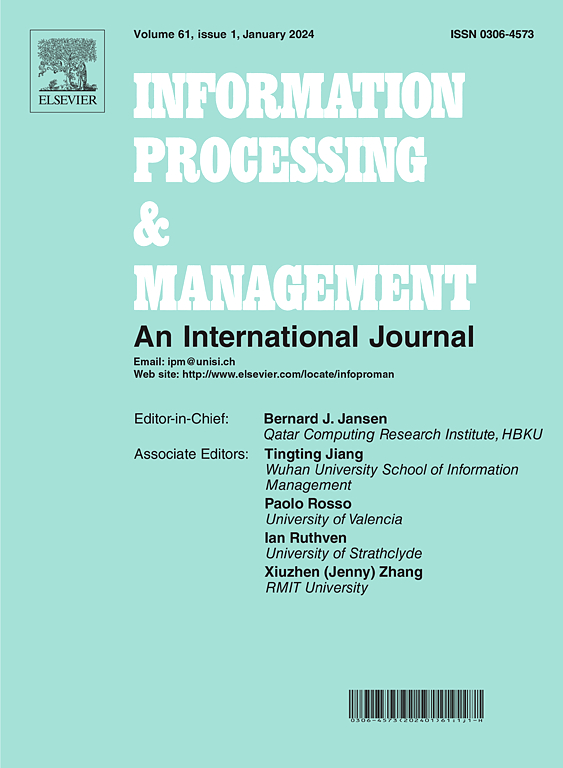Bibliometric feature identification and analysis of retracted papers in biomedicine: An interpretable machine learning perspective
IF 7.4
1区 管理学
Q1 COMPUTER SCIENCE, INFORMATION SYSTEMS
引用次数: 0
Abstract
Nowadays, paper retraction is becoming a serious problem in academia, particularly in biomedicine. Previous studies in this area have examined various features of retracted papers. Based on these findings, the aim of this paper is to construct a model to predict potential retraction cases, and analyze the retraction features over time and across fields. Specifically, we construct an XGBoost model using 9424 normal and retracted biomedical papers published between the year 1983 and the year 2023 from the Web of Science Core Collection database. This model has an accuracy of 87 %. Nine important features are identified, ranked, and their contributions to the model are discussed using interpretable machine learning techniques. Moreover, heterogeneity analysis by publication year reveals that the importance of these features has changed over time. The generalizability of the model is validated in the field of computer science (98.12 %) and telecommunication (74.92 %). Finally, we analyze the similarities/differences in these features among the three fields. The result of this study confirms the features identified by previous studies. Further, the way that these features describe and predict whether a paper is retracted or not is revealed by interpretable machine learning techniques. This has not been discussed much in previous studies. Additionally, this study provides details on how these features change over time and across disciplines in predicting retractions. Finally, the results of this study may shed some new light on further research. It may also be used as a reference in science policy-making.
求助全文
约1分钟内获得全文
求助全文
来源期刊

Information Processing & Management
工程技术-计算机:信息系统
CiteScore
17.00
自引率
11.60%
发文量
276
审稿时长
39 days
期刊介绍:
Information Processing and Management is dedicated to publishing cutting-edge original research at the convergence of computing and information science. Our scope encompasses theory, methods, and applications across various domains, including advertising, business, health, information science, information technology marketing, and social computing.
We aim to cater to the interests of both primary researchers and practitioners by offering an effective platform for the timely dissemination of advanced and topical issues in this interdisciplinary field. The journal places particular emphasis on original research articles, research survey articles, research method articles, and articles addressing critical applications of research. Join us in advancing knowledge and innovation at the intersection of computing and information science.
 求助内容:
求助内容: 应助结果提醒方式:
应助结果提醒方式:


